17 Traditional Christmas Symbols (Including Bells, Holly and More) and Their Meanings

When it comes to the holidays, there are certain Christmas symbols that pop up over and over again, like stars, bells, mistletoe, Christmas trees and more.
And while Christmas is an event with religious origins, celebrating the birth of Jesus Christ, there is also the secular celebration of Christmas, where we hang wreaths on our doors, decorate a Christmas tree with our family’s heirloom ornaments while singing Christmas carols, eat candy canes while baking gingerbread cookies, place poinsettias on the fireplace hearth and hang stockings from the mantel.
Even if we decorate without much thought every December, the decor that fills our home has deep roots. Believe it or not, there is a special meaning behind each one of those traditional Christmas decorations and rituals—and many of the symbols associated with the Christmas holiday actually have religious origins.
Keep reading to learn about the symbolism behind 17 popular Christmas decorations—it may give you an even deeper appreciation for the holiday this year!
Related: These 35 Christmas 'Would You Rather' Questions Are Perfect for the Whole Family
17 Christmas Symbols and Their Meanings
1. Christmas Tree
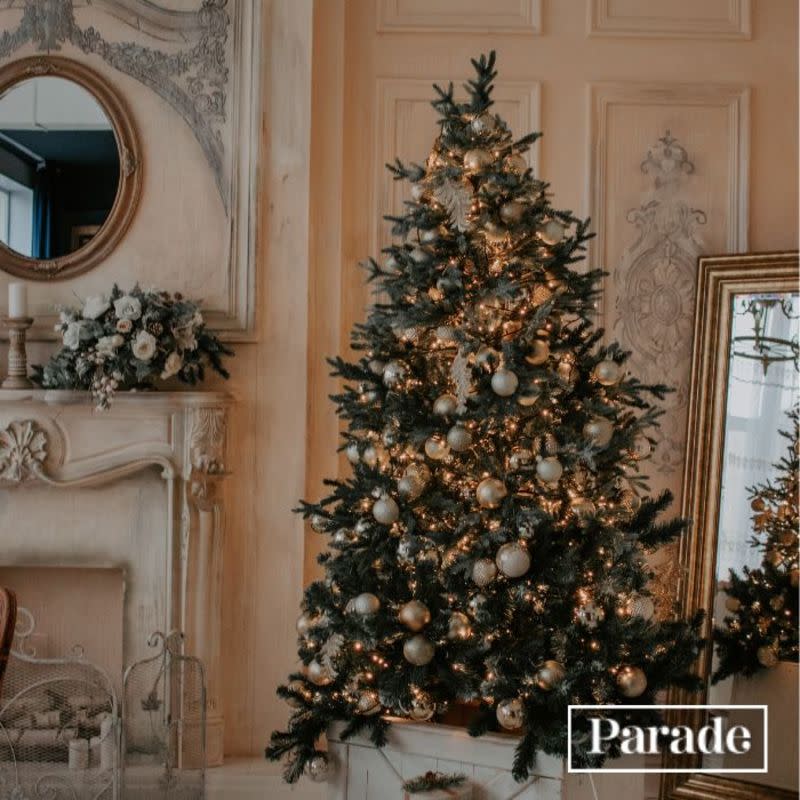
Alsu Vershinina/Unsplash
The trees we decorate each December with glittering tinsel, bright lights and festive ornaments are typically evergreen varieties like spruce, fir, or pine—trees that retain their lush green foliage year-round. Evergreens have been used in winter festivals for centuries by both pagans and Christians, with Christians believing the trees represent the birth and resurrection of Jesus and their everlasting life with God. That belief is further carried out by a tree’s triangular shape symbolizing the Holy Trinity (God, Jesus and the Holy Spirit), and Christmas trees pointing up toward Heaven as a representation of our relationship with God.
2. Star
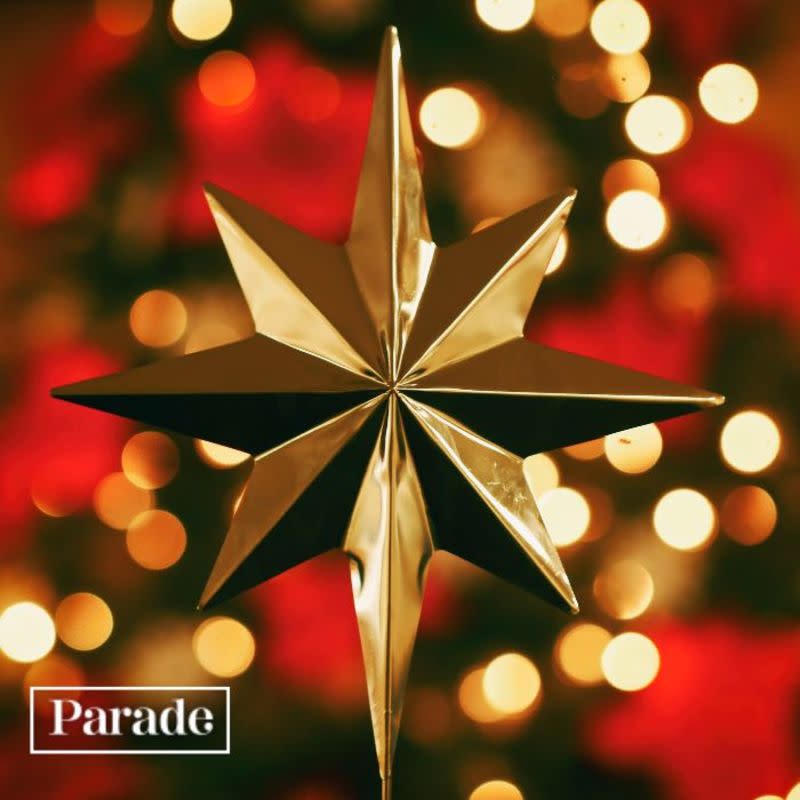
Aaron Burden/Unsplash
One of the holiday’s more religious symbols, the Christmas Star represents the bright star that shone brightly over the town of Bethlehem on the night that Jesus Christ was born. According to the Nativity Story—sometimes called The Christmas Story—in the Gospel of Matthew, the Star of Bethlehem guided the three kings (also known as the wise men or magi) to find baby Jesus in a stable. The Christmas Star has also come to represent hope and peace.
Related: Bible Verses About Peace
3. Candles
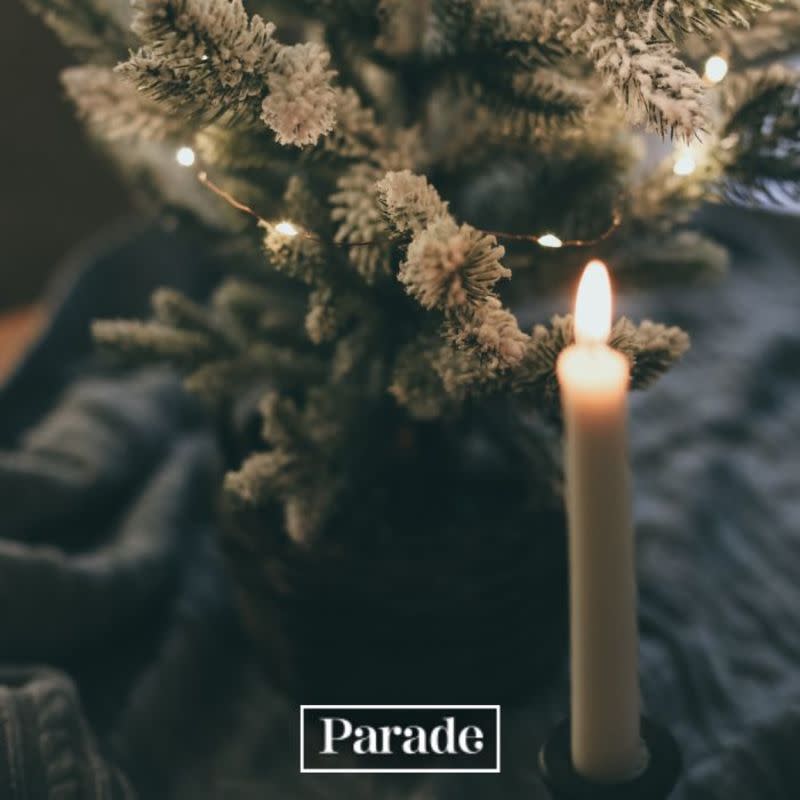
Jessica Fadel/Unsplash
A lit candle during Christmastime also traditionally represents the Star of Bethlehem, which guided the three kings to find the newborn baby Jesus. Before electricity—or Christmas tree lights!—families would decorate the branches of their Christmas trees with candles. Candles are also a significant part of the Jewish holiday Hanukkah and the African holiday Kwanzaa.
4. Tinsel
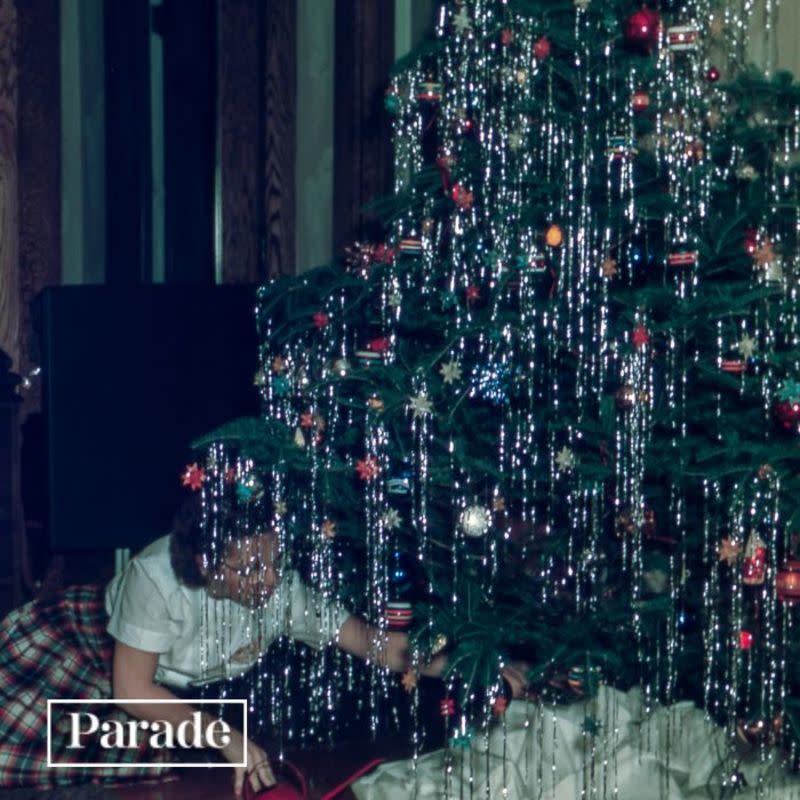
Les Anderson/Unsplash
Derived from the Old French word étinceller (which means "to sparkle"), tinsel was traditionally used in trimming Christmas trees to enhance the flickering candlelight. The light reflected off of tinsel reminds us of the brightness and warmth of the Christmas season, and how Jesus was a guiding light in the world.
5. Christmas Ornaments
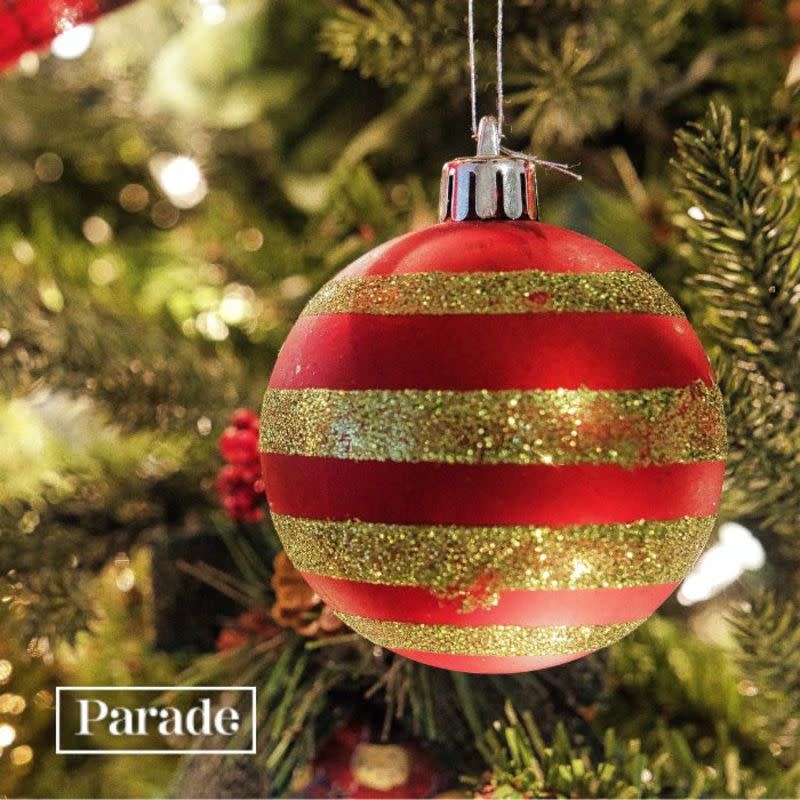
Clint Patterson/Unsplash
Over time, the tradition of decorating a Christmas tree with candles was replaced with other things, like paper roses, fruits and nuts. In the mid-1800s, German glassmaker Hans Greiner began manufacturing hand-blown glass “Christmas baubles” in the shape of the fruits and nuts that typically decorated Christmas trees at that time. (Including round balls that looked like apples!) Eventually, the trend spread across Europe and then America, giving birth to our modern tradition of decorating Christmas trees today with ornaments representing our family histories, hobbies, interests and more!
6. Bells

Sebastian Spindler/Unsplash
A ringing of a bell during the Christmas season represents the proclamation of joy and happiness for Christ’s birth. Also, like the ringing bell used to herd errant sheep back into the fold, the Christmas bell signifies that Jesus is always watching over us and protecting us. The presence of bells can also be traced back to pagan winter celebrations, where they were rung to drive away evil spirits.
Related: Christmas Poems to Warm Your Heart
7. Candy Canes
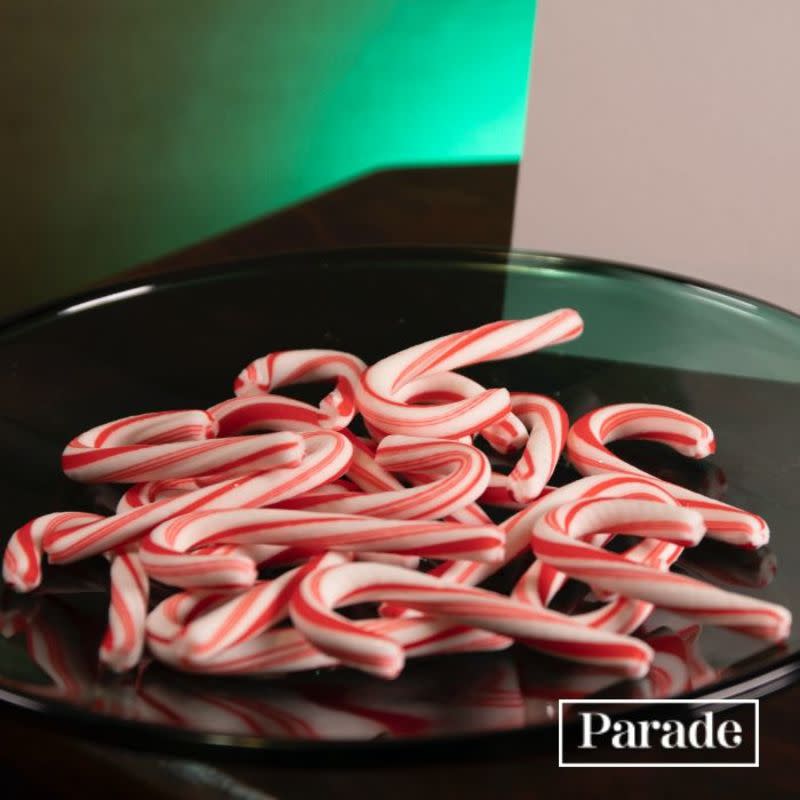
Terriell Scrimager/Unsplash
Shaped like a shepherd’s staff, the minty confection represents the shepherds who searched for Jesus on the night that He was born. Another meaning behind the hooked shape of the candy is that Jesus called Himself “the Good Shepherd” and His disciples were His flock of devoted followers, AKA the sheep. Conveniently, the cane formation makes them easy to hang on Christmas trees!
8. Wreath
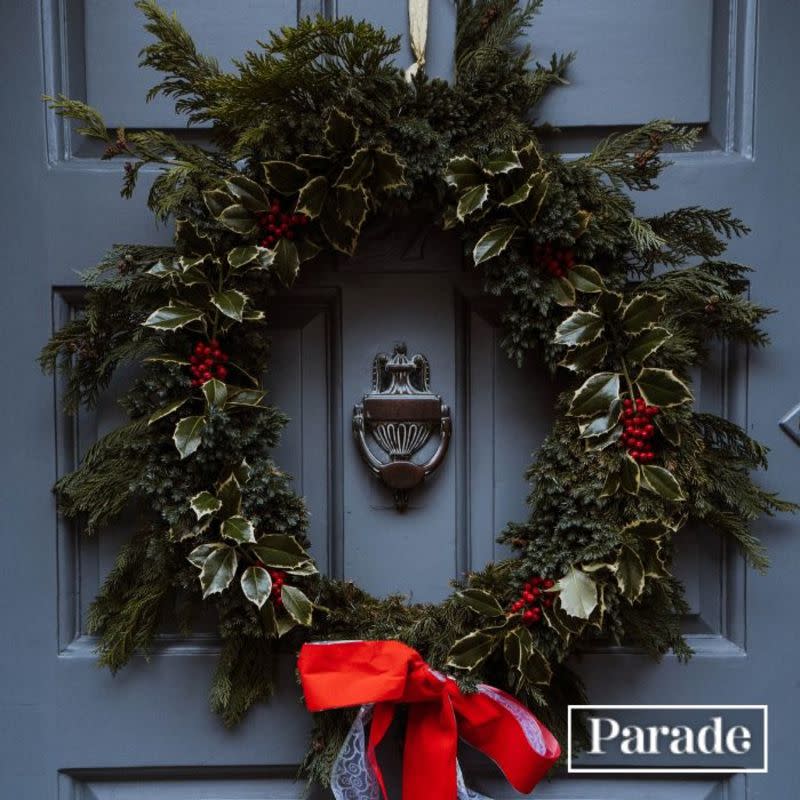
Al Elmes/Unsplash
A circle with no beginning or no end, a wreath symbolizes the strength of Jesus Christ’s love for all. The popular Christmastime door decoration also reminds us of the circle of life, love and rebirth, and Christians believe that a wreath represents the crown of thorns worn by Jesus as He hung on the cross as well.
9. Gingerbread Men
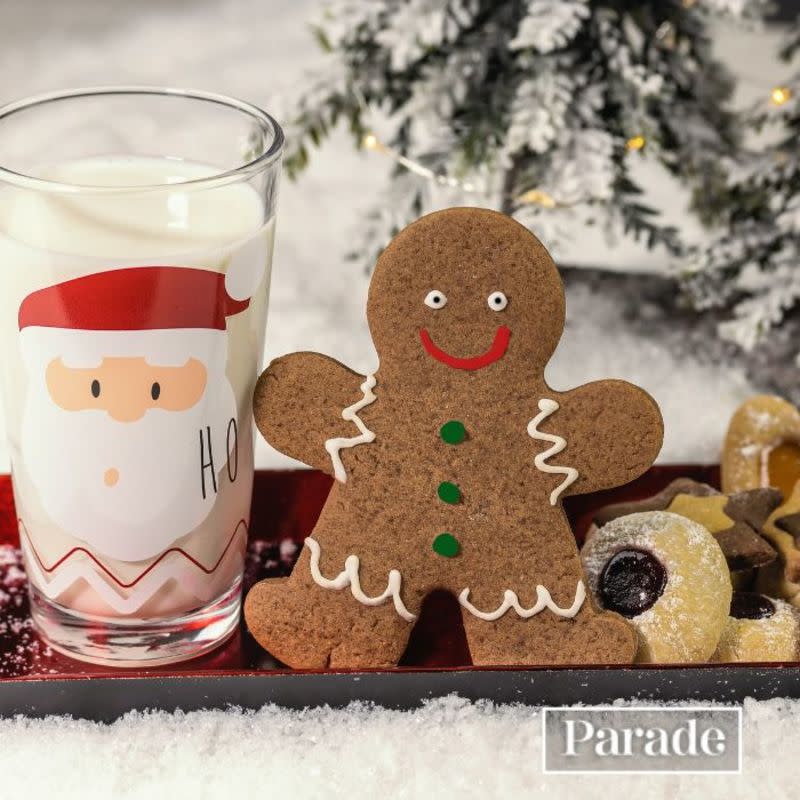
Myriam Zilles/Unsplash
These tasty treats are a staple on every cookie platter this time of year, as well as a popular cookie-exchange recipe. But there is a religious meaning to a gingerbread man—for many Christians, the biscuit represents God’s creation of Adam, the first man, and therefore, the rest of us.
10. The Colors Red and Green
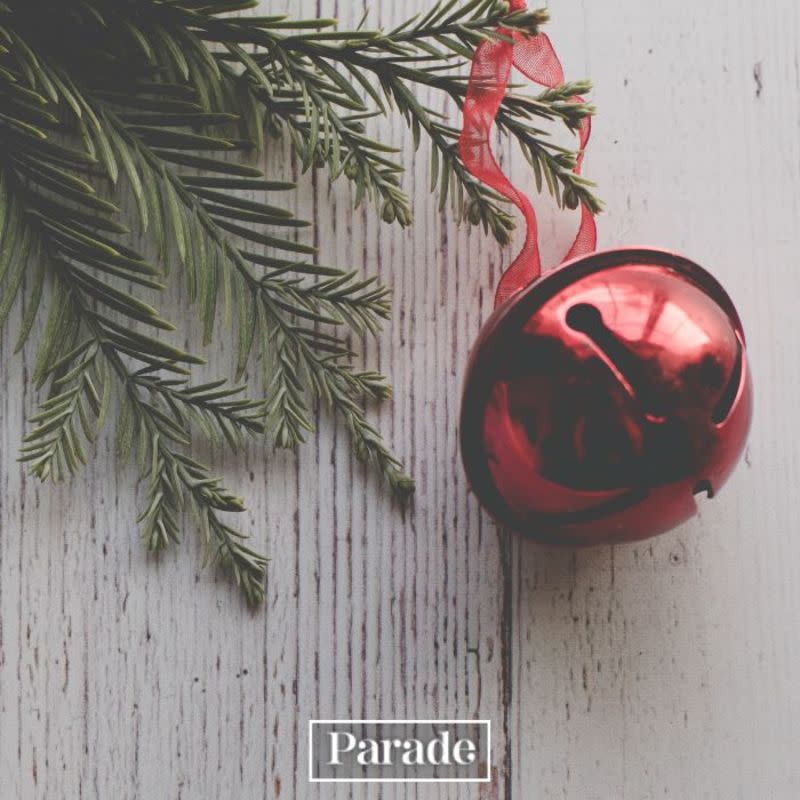
Sixteen Miles Out/Unsplash
The Christmas colors of red and green aren't arbitrary. The crimson shade of red associated with Christmas symbolizes the blood that was shed by Jesus Christ during His crucifixion. The color green—the hue of evergreen plants like pine trees, holly and mistletoe that retain their leaves throughout the winter—represents Jesus Christ’s everlasting life.
Related: Christmas Books for All Ages
11. Mistletoe
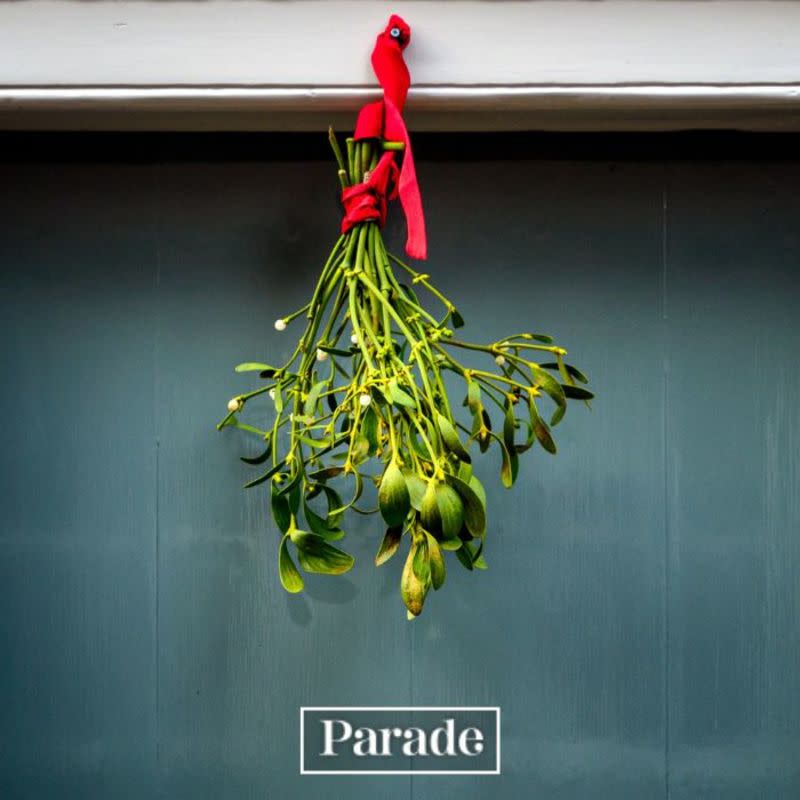
Paul Zoetemeijer/Unsplash
Because mistletoe blossoms even in the cold winter, it's believed that people back in the 1st century A.D. viewed mistletoe as a symbol of vivacity and fertility. It's no wonder that it became known as a romantic part of Christmas—fittingly taking on a life of its own when it comes to holiday traditions.
12. Gifts Adorned with a Bow

Freestocks/Unsplash
Bestowing presents upon our loved ones at Christmastime honors the three magi who visited baby Jesus in Bethlehem, bringing Him gifts of gold, frankincense and myrrh. A gift bow that sits atop a lavishly wrapped present symbolizes unity among mankind, and how we all should be tied together in goodwill.
13. Angels
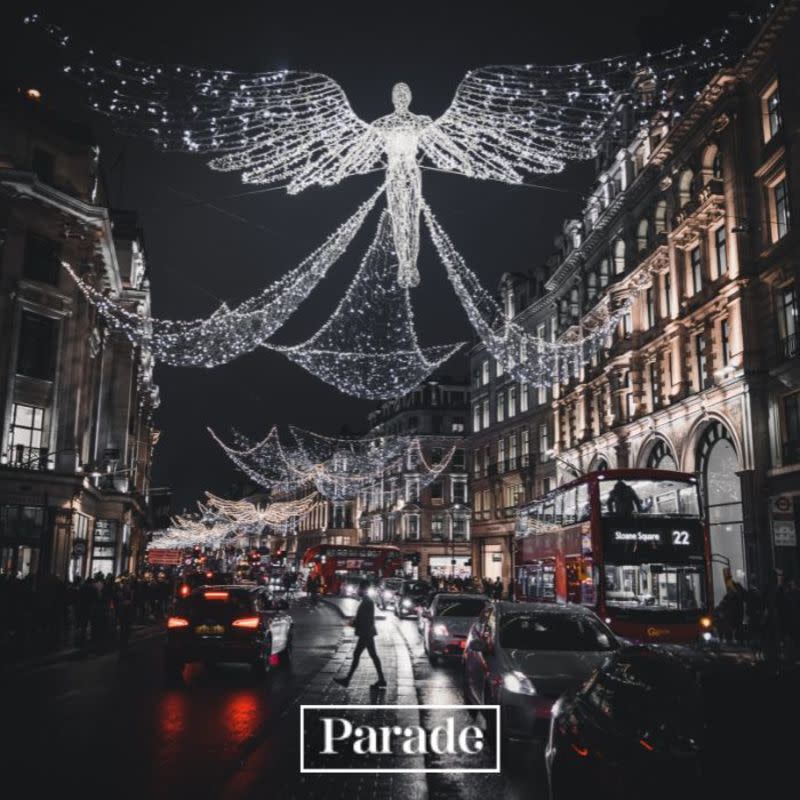
Luke Stackpoole/Unsplash
There is a good reason why angels, like stars, are traditional Christmas tree toppers, and that is because these messengers of God played prominent roles in the Nativity of Jesus. Archangel Gabriel appeared to the Virgin Mary, delivering the message from God that she would bear His son. Another angel visited Joseph in a dream to inform the carpenter that he should place his trust in Mary. And later in the Christmas Story, three angels appeared in the sky over Bethlehem to announce the birth of the Christ child.
14. Stockings
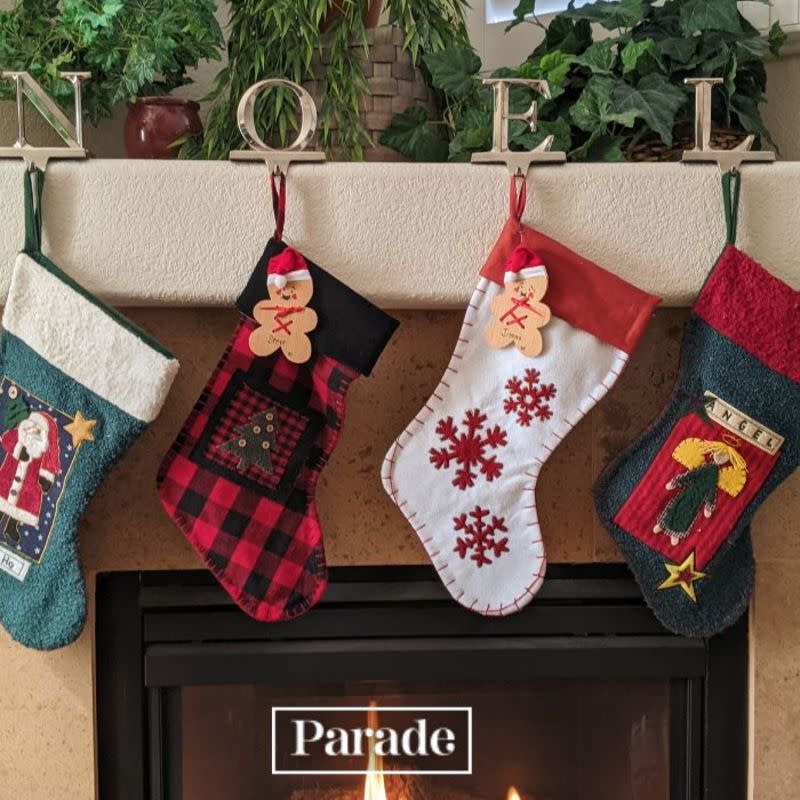
Donna Spearman/Unsplash
The legend behind why we hang stockings on the fireplace to be filled with goodies is believed to be the origin story of Santa Claus. Back in the 4th century, somewhere around what is modern-day Turkey, there was a poor widower who couldn’t afford a dowry for his three daughters and thought of selling them into servitude. A local bishop, St. Nicholas, was known for his charity, but the father refused to accept any gifts from the monk. As the legend goes, one night, Nicholas secretly tossed bags of gold into the man’s house, and the pouches landed in the stockings that were hanging to dry over the fireplace!
15. Poinsettia
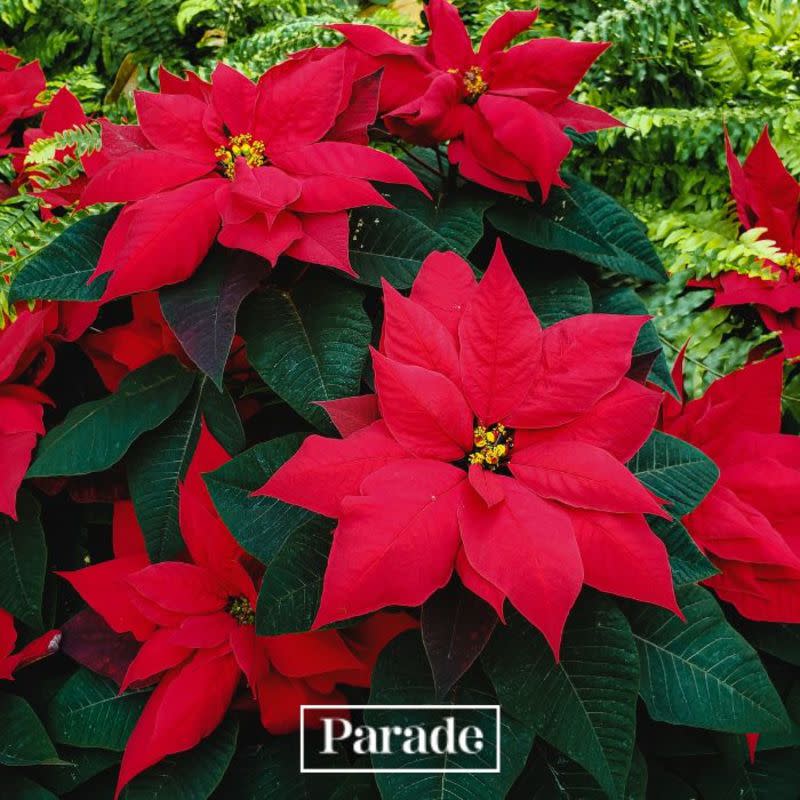
Jeffrey Hamilton/Unsplash
Like an evergreen tree, a poinsettia plant can be kept alive all year long, while the shape of the petals resembles a star. The colors of the Christmas plants are symbolic as well. The bold red reminds us of the blood Jesus shed on the cross in His sacrifice for humankind, while the white poinsettia is a symbol of purity, good cheer and happiness.
16. Holly
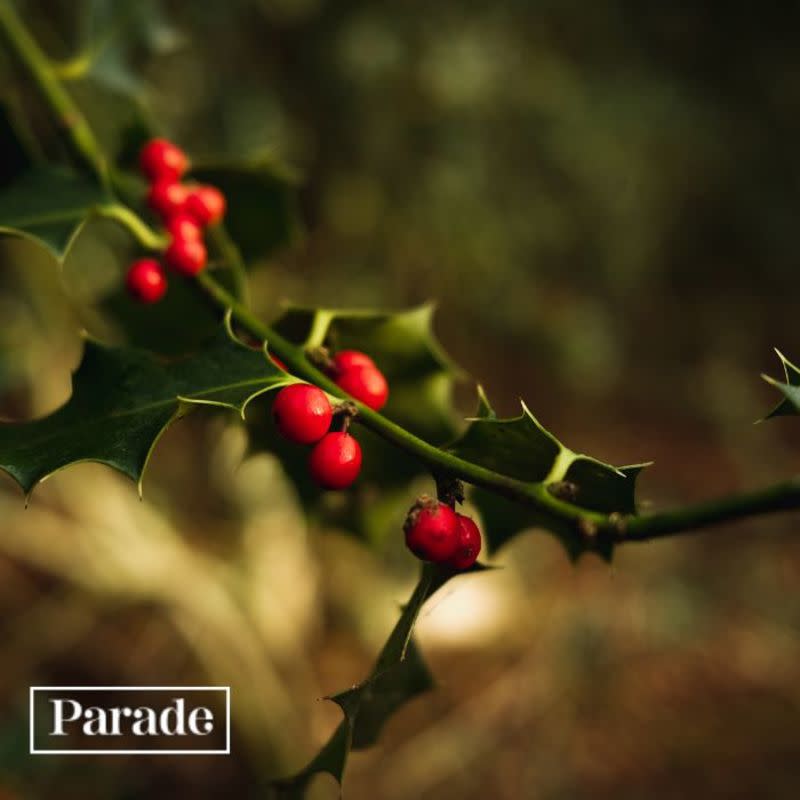
Adam Snow/Unsplash
With its shiny dark green leaves and bright red berries, holly is another evergreen shrub that is synonymous with Christmas. The pointed leaves represent the crown of thorns placed upon Jesus’ head at His crucifixion, while the berries remind us of the blood He shed in making the ultimate sacrifice for us.
17. Dove
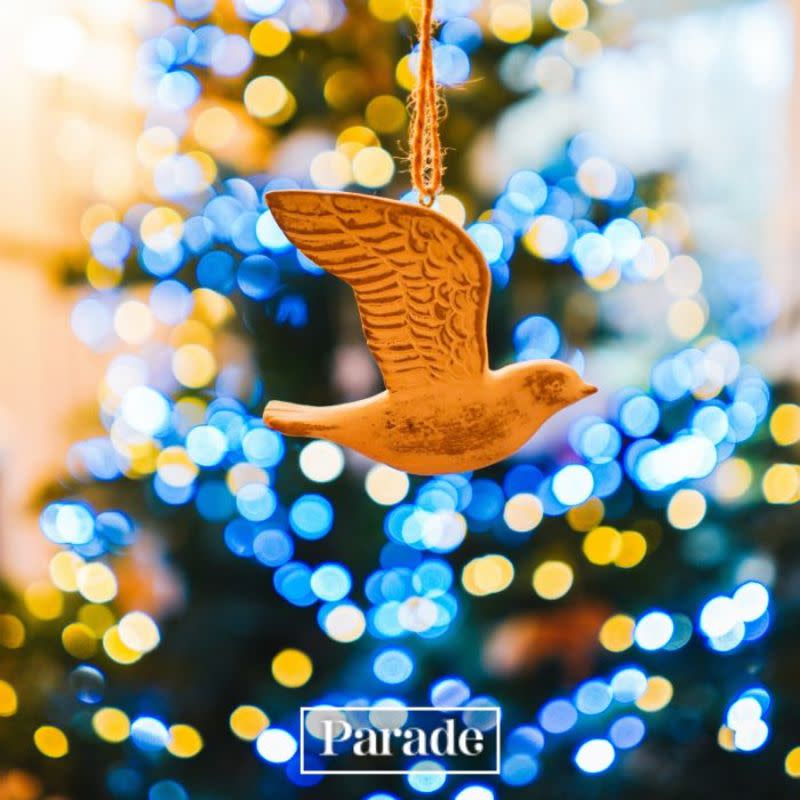
Phil Hearing/Unsplash
In many religions, doves symbolize peace, freedom, purity and/or love. In Christianity, a dove is also a symbol of the Holy Spirit and represents God’s forgiveness.
Next up, Christmas isn’t the only holiday in December! Next, check out this list of all the observances celebrated during December!
